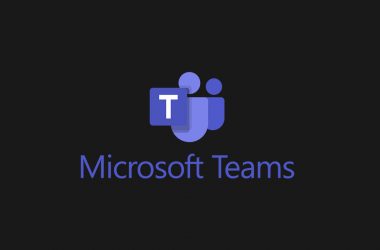Customers are eager to improve frontline collaboration and productivity but often run into scale deployment roadblocks due to a few factors. There is more structure required for companies to organize their frontline workforce, needing to account for location, role, department and more, and the size of frontline teams can cover hundreds or even thousands of workers. Then they need to standardize the team structure across their organization for effective change-management and coordination between HQ (headquarters) and individual frontline units. This leads to large customers investing weeks in building custom scripting solutions or relying on an agency’s help for deployment, increasing the time and cost of deploying to their frontline.
Deploying Teams at scale (DTAS) enables organizations to centrally create and manage multiple pre-populated Teams in one step which saves organizations critical time by providing scalable Teams deployment and user management solutions.
Deploy Teams at scale in 3 easy steps:
IT pros can choose from a list of default Teams templates or create a custom Teams template that best meets their organizational needs and deploy them at scale in 3 simple steps:
Simple CSV Format – Low preparation time
The CSV files are easy to prepare, and the user csv can usually be imported directly from your HR Management system. The following template shows the simple csv framework that an IT pro needs to prepare before creating Teams at scale.
Run a one-line command in PowerShell
The PowerShell command takes 2 inputs: The csv files with user information and teams information as shown above.
Stay Notified
Once the IT pro deploys, they stay notified regarding the deployment status. In case of error, they get a detailed error report so they can make necessary corrections and redeploy.
What’s next for DTAS
We are currently working to make managing teams simple and automatic by connecting Teams to HR systems. Employees profile updates in HR systems, such as workers joining or leaving the company or switching departments will automatically be reflected in Teams. This removes any work the admin has to do to manage membership of the teams created and captures the accurate and most up to date state of business in the digital world.
Read full article (Microsoft Teams Blog)
All content and images belong to their respected owners, this article is curated for informational purposes only.










